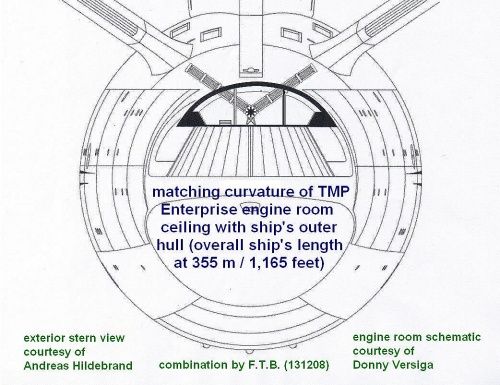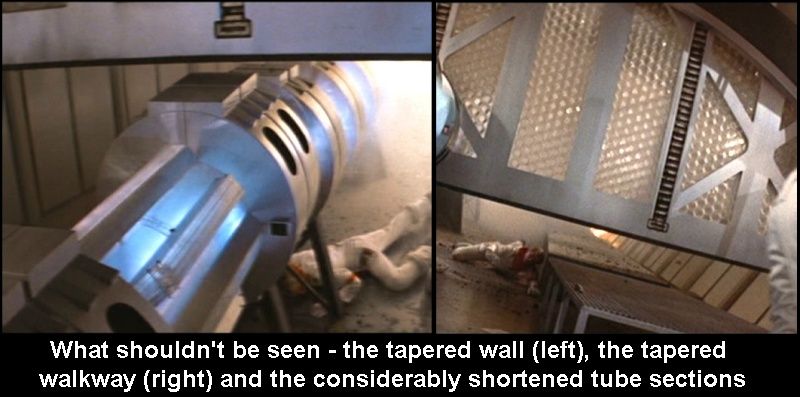ENTERPRISE was the only series that I'm aware of that actually used rear-projection, and this was later on, in the series. It was used, primarily, outside of windows, to show the stars wizzing by, to cut some corners and try to $ave some money.
The bridge viewscreen was rear-projected in "The Cage" and portions of "Spock's Brain," as well as in several of the TOS movies. TMP used rear-projected film loops for the small display screens on the bridge consoles, which is why the lighting had to be so dim and the audio dubbed. From TWOK onward, they switched to video monitors.







